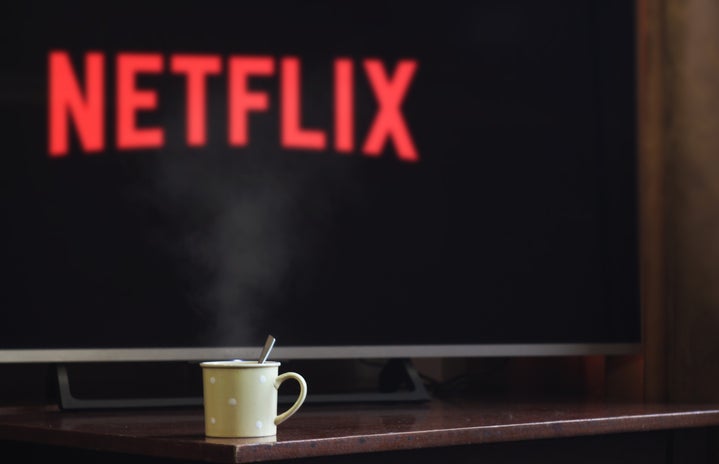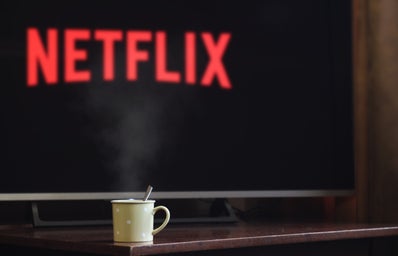The Baby-sitter’s Club book series by Ann M. Martin was published from 1986-2000. With over 176 million copies sold, it’s safe to say that children love this series. When I was growing up, my favorite chapter books were The Boxcar Children and The Baby-sitter’s Club. With over 200 books published both under The Baby-sitter’s club and its various spin-offs, there’s a lot to read! As of July 3rd,2020, Netflix has released a 10 episode adaption of the series! Each episode is just under 30 minutes and covers the span of the first 8 books, as well as a two part camp episode based on one of The Baby-sitter’s Club Super Special Series. The Netflix adaptation perfectly blends modern ideas and technology with the nostalgia of the pre-digital age the books were written in. It’s easy for an adaption to lose sight of the original source material(hello Percy Jackson!), but the new take on The Baby-Sitter’s Club feels timeless and familiar while adapting to the world we inhabit now. I ended up bingeing the series in one sitting, and I have concluded that this series is the best thing to happen in 2020, here’s why:
- Female Friendships
-
The show, much like the book, focuses on The Babysitter’s Club as both a babysitting business, and a supportive, close-knit group of friends. The girls are there for each other and help each other through tough times.
- Girls Starting a Small Business
-
The girls begin a babysitting business after Kristy’s mom can’t find a sitter. In this modern adaptation of the books, Kristy decides the girls need to go old school for their business, complete with a vintage landline phone to answer potential clients. The girls advertise and compete with a rival sitter service.
- LGBTQIA+ Inclusion
-
MaryAnne babysits a child named Bailey who ends up needing medical care. At the hospital, the doctors continually misgender her and are confronted by MaryAnne. Dawn has 2 dads and facetimes with them, and she later makes friends with a gay boy on spring break. It’s lovely to see inclusion in a way that feels natural and not like producers just saw it as another box to check. LGBTQIA+ characters have recognizable identities and orientations, but have personality outside that. It feels like the characters are fleshed out and not just archetypes.
- Cultural Diversity
-
Claudia’s grandmother, Mimi, talks about the Japanese-American internment camps during WWII and her time spent in Manzanar Detention Camp. Claudia struggles with her inability to communicate with her grandmother in Japanese. Unlike the book series, Maryanne is biracial in the show. This isn’t explored much in the 1st season, however. Dawn and her mother attend Wiccan rituals and Dawn is an outspoken activist who coordinates a protest in a later episode.
- Personal Narrative Arcs
-
Kristy is a leader, Claudia is an artist, Stacey is diabetic, Mary Anne is shy, Dawn’s a hippie. But each character is more than just a single facet or archetype. The show gives each girl an episode, and they all show growth and personal development as members of the club.
- Karen Brewer
-
Karen deserves her own bullet point. She’s Kristy’s sometimes creepy step-sister and I love her so much! She provides comic relief but is also sensitive and caring.
In conclusion, The Babysitter’s Club on Netflix is the perfect mix of nostalgia and modern day entertainment. It feels familiar if you grew up reading the books and is definitely a comfort show. The stakes are never very high, and you get to just sit and relax watching the girls deal with middle school problems you probably remember. If you’re looking for a fun show to add to your watchlist, this is that show!


